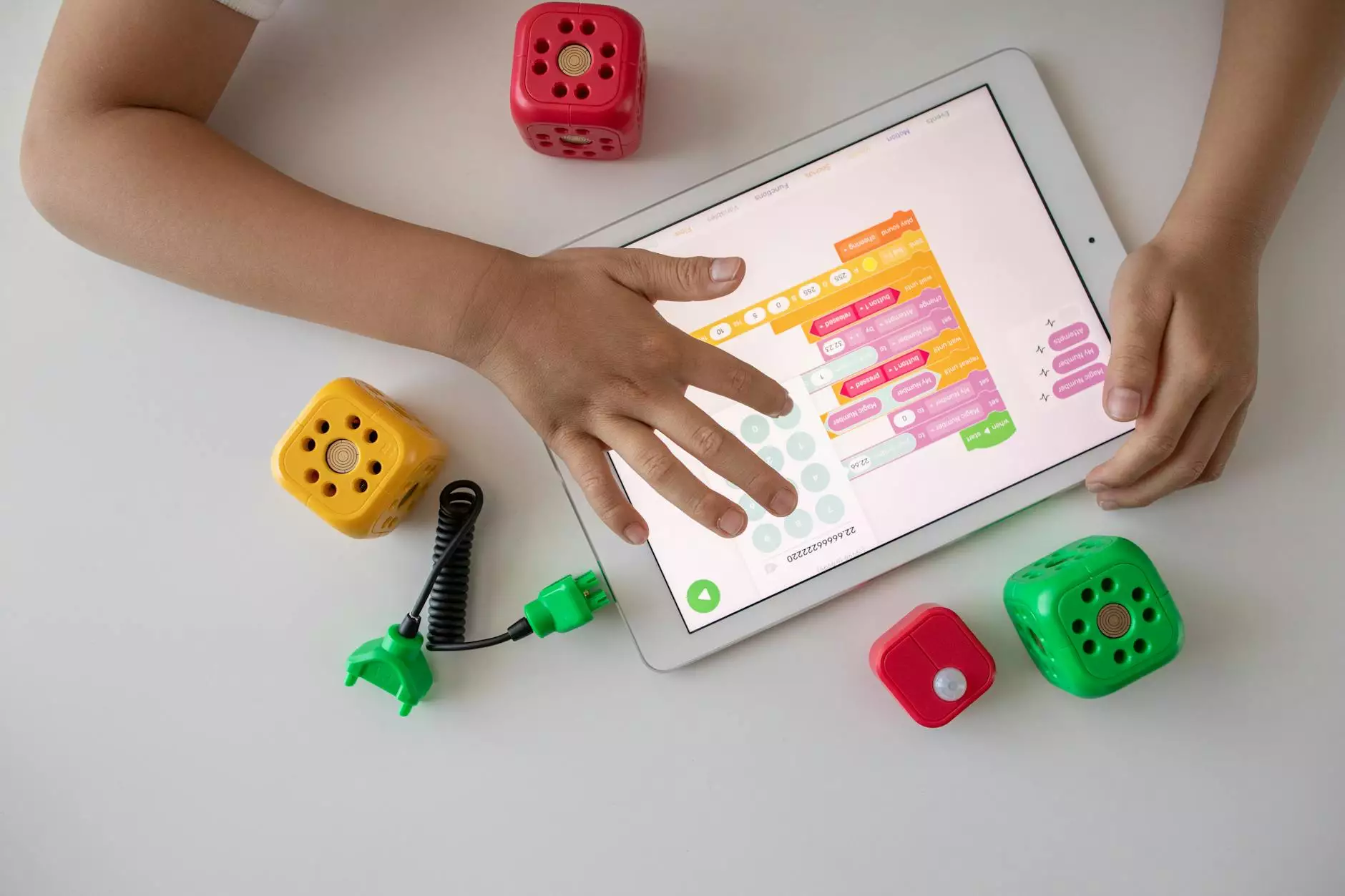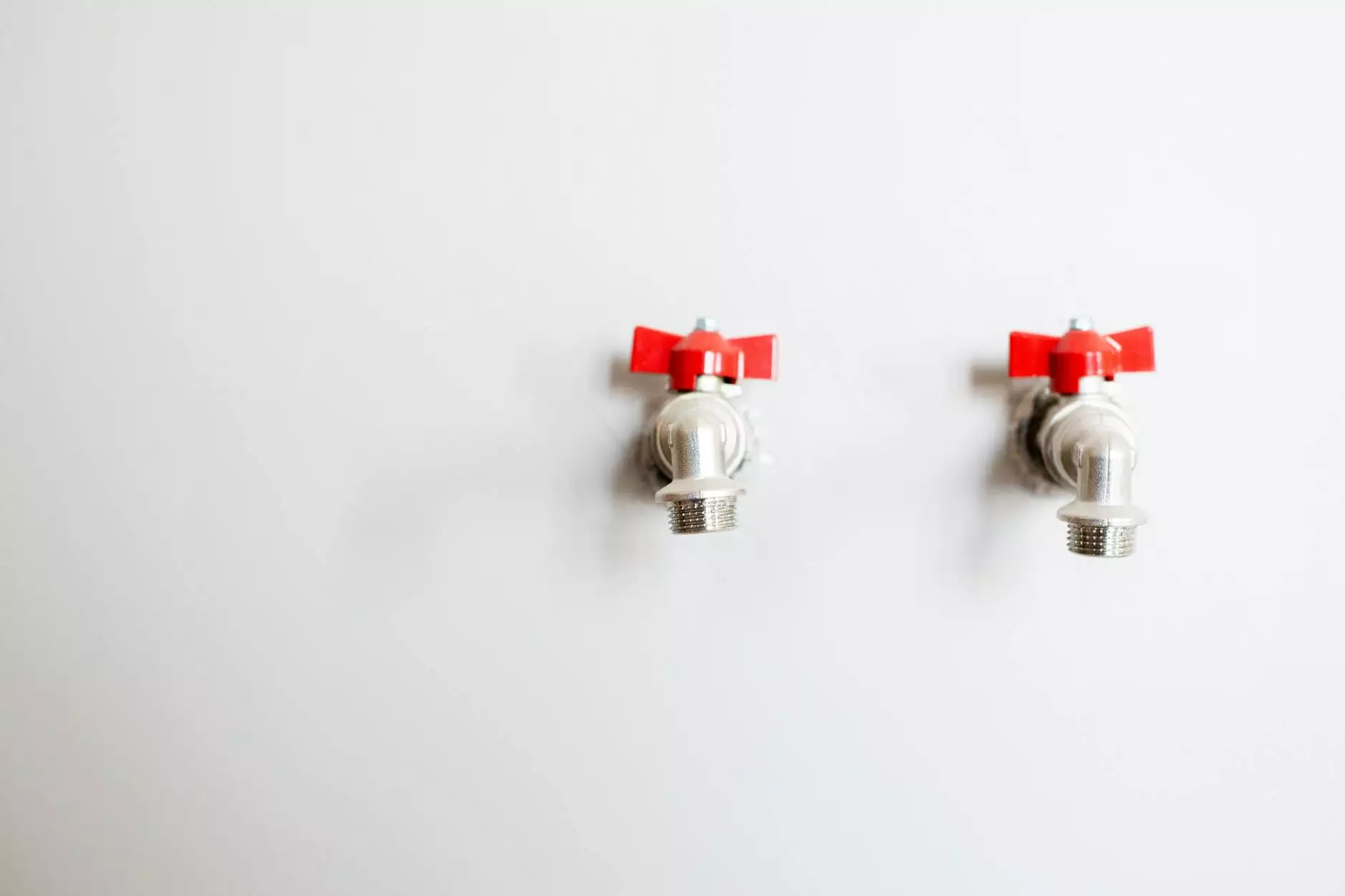How Long Does It Take to Build an App by Yourself? A Comprehensive Guide

In the dynamic world of technology, the question "How long does it take to build an app by yourself?" often surfaces among budding entrepreneurs and tech enthusiasts. The reality is that app development is a multifaceted endeavor that requires careful planning, execution, and, importantly, time. This article explores the intricate process of app development, providing you with insights on timelines, challenges, and best practices to help you navigate this exciting journey.
Understanding the App Development Process
Before delving into the time factors, it’s crucial to understand the app development process. Building an app typically involves several key stages:
- Ideation and Conceptualization: This initial phase involves brainstorming ideas and defining your app’s purpose and target audience.
- Market Research: Analyze existing apps and identify gaps in the market that your app could fill.
- Wireframing and Prototyping: Create visual representations of your app layout and functionality to guide the development process.
- Development: This is where the actual coding happens. It is divided into front-end (what users interact with) and back-end (server-side logic and database) development.
- Testing: Rigorous testing ensures that your app functions well and is free from bugs.
- Deployment: Launch your app on platforms such as the App Store or Google Play.
- Post-Launch Support and Updates: Gather user feedback, fix issues, and implement updates to enhance your app.
Estimating the Timeframe for Each Stage
Each of the stages outlined above can vary significantly in terms of time investment. Let's explore the average timeframes associated with these stages in more detail.
1. Ideation and Conceptualization
This stage involves brainstorming ideas, defining the app's purpose, and deciding on its features. Depending on the clarity of your vision, this can take anywhere from a few days to several weeks.
2. Market Research
Conducting thorough market research could take 1 to 3 weeks. This process helps you understand your competitors and refine your app idea based on user needs.
3. Wireframing and Prototyping
Creating wireframes and prototypes is vital for visualizing your app's user interface and experience. Expect to invest 2 to 4 weeks for prototyping, which may involve multiple iterations.
4. Development
The development phase is the most time-consuming part of the process. On average, building an app by yourself can take:
- Simple apps: 1 to 3 months
- Moderately complex apps: 3 to 6 months
- Highly complex apps: 6 months to over a year
5. Testing
Testing is essential to ensure that your app operates correctly and offers a seamless user experience. Allocate 2 to 4 weeks for rigorous testing, including alpha and beta phases.
6. Deployment
Deploying your app can take 1 to 2 weeks, depending on the platform and any review processes involved (such as those conducted by Apple and Google).
7. Post-Launch Support and Updates
Post-launch, you will need to allocate time for ongoing support, which can vary based on user feedback and the frequency of updates. This is an ongoing commitment that could take a few hours weekly or more, depending on user engagement.
Factors Influencing Development Time
Several factors can influence the timeline of app development. Understanding these can help you set realistic expectations for yourself:
- Experience Level: Your proficiency with programming languages and development tools can drastically affect the time it takes to develop an app. Beginners may take longer due to the need for research and debugging.
- App Complexity: A simple app with basic features will require significantly less development time than a complex app with advanced functionalities.
- Resources Available: Having access to development tools, APIs, and software libraries can expedite the process.
- Collaboration: Involving others in the development process, such as UI/UX designers or other developers, can speed up progress but may also introduce coordination challenges.
- Testing and Feedback Loops: Incorporating user feedback during testing can lead to revisions that extend development time.
Tips for Streamlining the Development Process
To effectively manage the timeframe for building your app, consider the following tips:
1. Define Clear Objectives
Having a well-defined goal for your app can streamline decision-making and reduce time spent on unnecessary features.
2. Use Development Tools and Frameworks
Leveraging established frameworks can save time. Tools such as React Native or Flutter enable cross-platform development, cutting down the overall timeline.
3. Create a Prototype Early
Developing a prototype at the outset allows for early feedback and adjustments, preventing larger issues down the line.
4. Prioritize Features
Focus on essential features for your MVP (minimum viable product) before adding advanced functionalities in later updates.
5. Plan for Testing Throughout Development
Incorporate testing stages throughout the development process instead of waiting until the end. This helps catch bugs early and reduces rework.
In Conclusion
In summary, the process of developing an app by yourself is extensive and can range dramatically in time—from a few months for simple applications to over a year for complex projects. By understanding the stages involved and the factors that influence development time, you can set realistic expectations and streamline your development process. Remember, the question "How long does it take to build an app by yourself?" doesn't have a one-size-fits-all answer, but with careful planning and execution, you can turn your app idea into a reality.
For those ready to embark on this thrilling journey, resources like nandbox.com provide tools and support to help you efficiently build your mobile application. Embrace the challenges ahead, and good luck with your app development!









